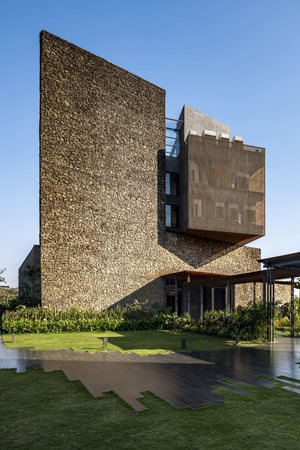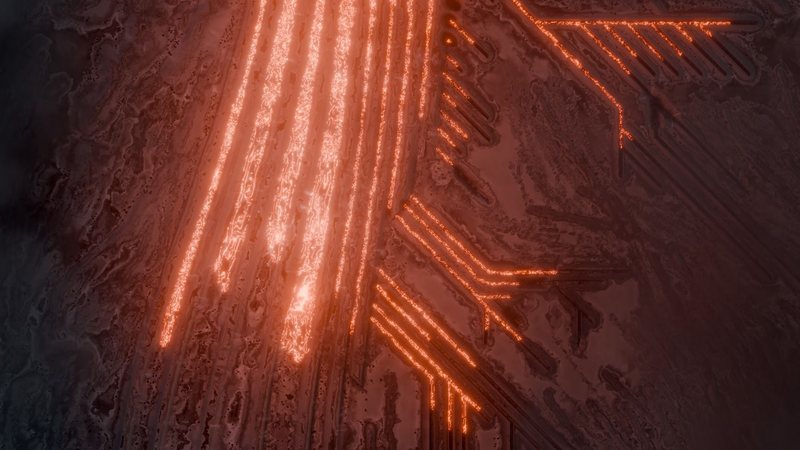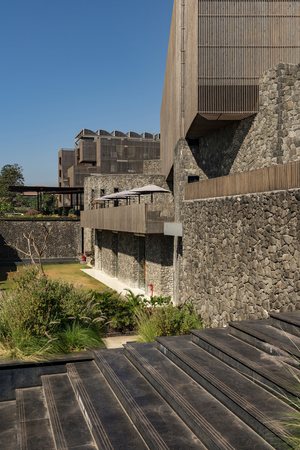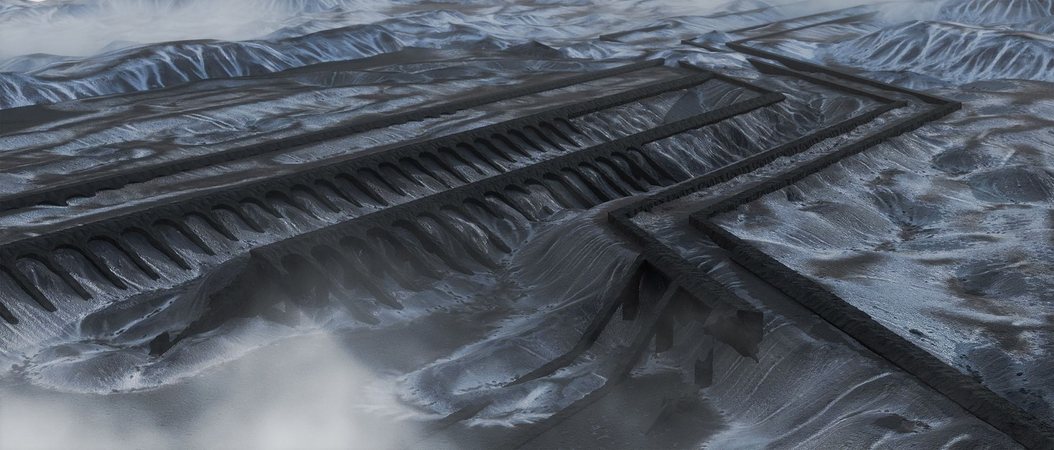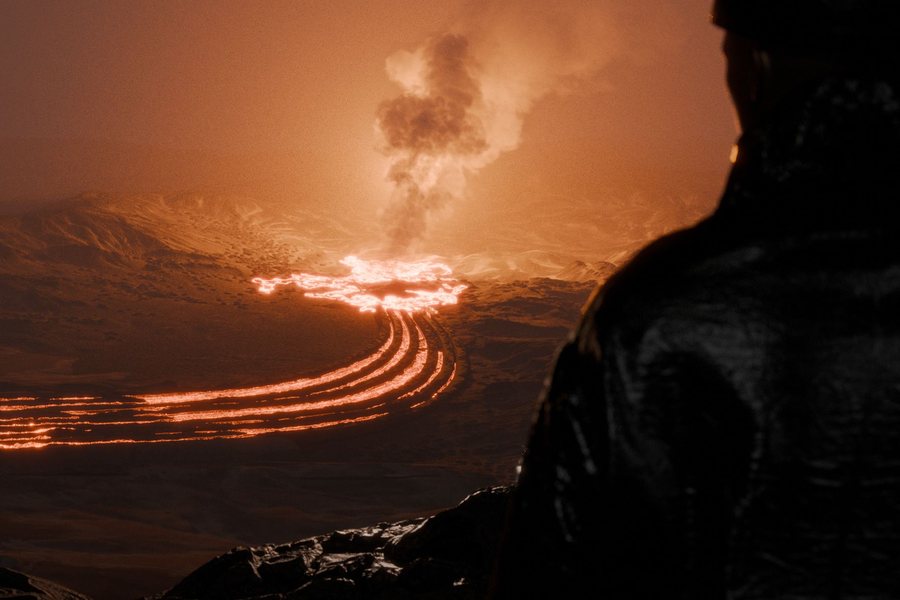
Lava, that scorching mass that erupts from volcanoes and destroys everything in its path, has always been seen as a ruthless force of nature. But an Icelandic architectural studio, S.AP Arkitektar, is proposing a completely new approach: turning lava from a threat into a sustainable building resource.
This bold idea, titled "Lavaforming", was presented at the Venice Architecture Biennale and predicts that in the near future, perhaps in the year 2150, technology will enable the construction of entire cities using lava in its molten form.
The studio was founded by Arnhildur Pálmadóttir and is run by her son, Arnar Skarphéðinsson. They began their research after the massive volcanic eruption at Holuhraun in 2014, when Pálmadóttir realized the incredible potential of the amount of lava that was coming out of the ground. “I thought: We could build an entire city in a week with that much material,” she said.
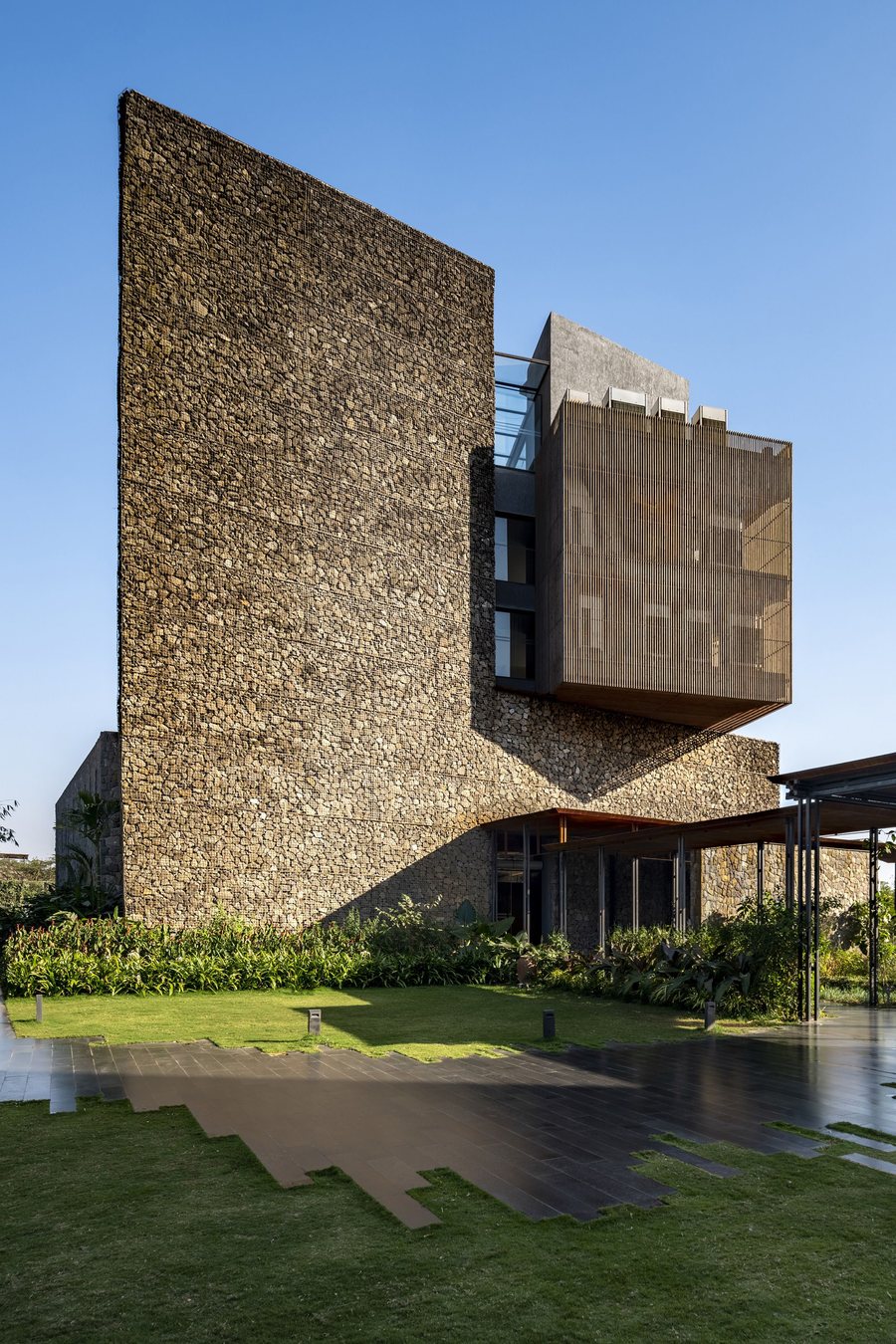
Instead of relying on concrete, one of the biggest environmental pollutants due to cement production, “Lavaforming” offers lava as a sustainable alternative. Depending on how it cools, lava can be transformed into a hard material like glass, crystallized stones for pillars, or insulating material.
Three ways to build with lava
Ducts: The opening of defined networks of channels at the base of active volcanoes to channel lava so that it can cool and form natural walls or foundations for buildings. These channels can also send the lava to a factory that turns it into bricks for later use.
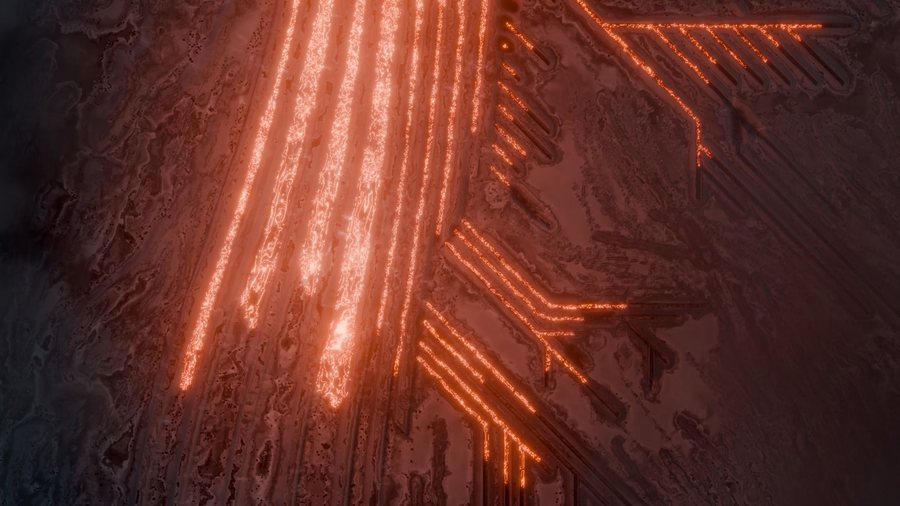
3D Printing: A futuristic vision where advanced robots will walk on freshly erupted lava fields to “print” building elements. This technology does not yet exist, but the idea is under development.
Using underground magma: In this method, magma is extracted and directed into specially constructed chambers, where it can be cooled to create prefabricated building elements. This technique would be similar to the production of geothermal energy, a significant energy source in Iceland.
Reality or distant dream?
Although the technology to realize this vision does not yet fully exist, “S.AP Arkitektar” is collaborating with scientists who have developed 3D models to simulate lava flows and are experimenting with melting and cooling volcanic rocks to create building prototypes. Essentially, the idea remains associated with places with high volcanic activity such as Iceland, Hawaii and the Canary Islands, where lava is slower and easier to control.
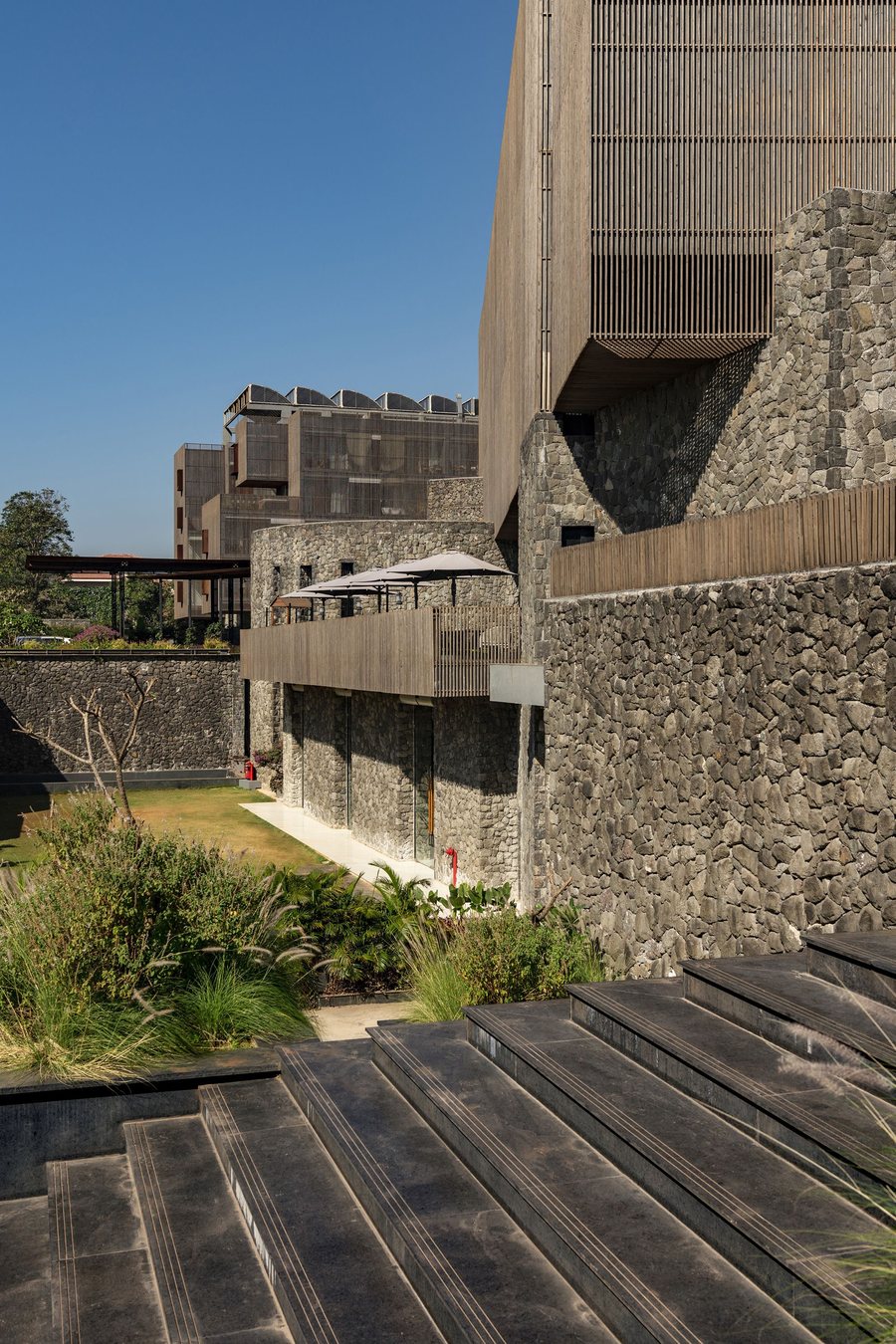
Volcanic rock has been a building material for centuries, from medieval fortresses in Jordan, France and India to modern structures in Mexico and China. But S.AP Arkitektar's vision is unique: to use lava as a sole building material, controlling its cooling to produce everything from bricks to insulating glass, without industrial intermediaries.
Their inspiration comes from nature itself, caves formed by lava bubbles that have been transformed into homes, like the one by architect César Manrique in Lanzarote in 1968.
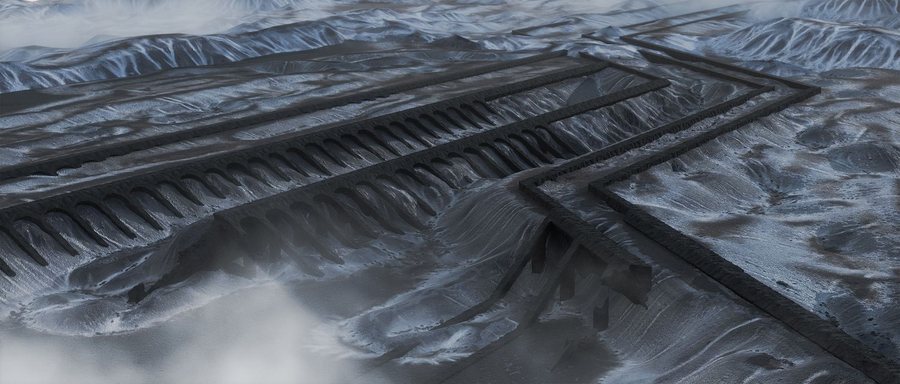
A challenge for the architecture of the future
For now, “Lavaforming” remains a conceptual experiment and requires technological, political, and financial support to become a reality. But the idea is gaining traction as a way to reflect on the climate crisis and the role that architecture should play in addressing it.
“How can we change systems to respond to the global climate emergency?” says Pálmadóttir. “How should architecture respond to this? We hope that projects like this will inspire other countries.” Lava cities may seem like an idea from the future, but perhaps that is where the solution to building a more sustainable future lies. (A2 Televizion)

